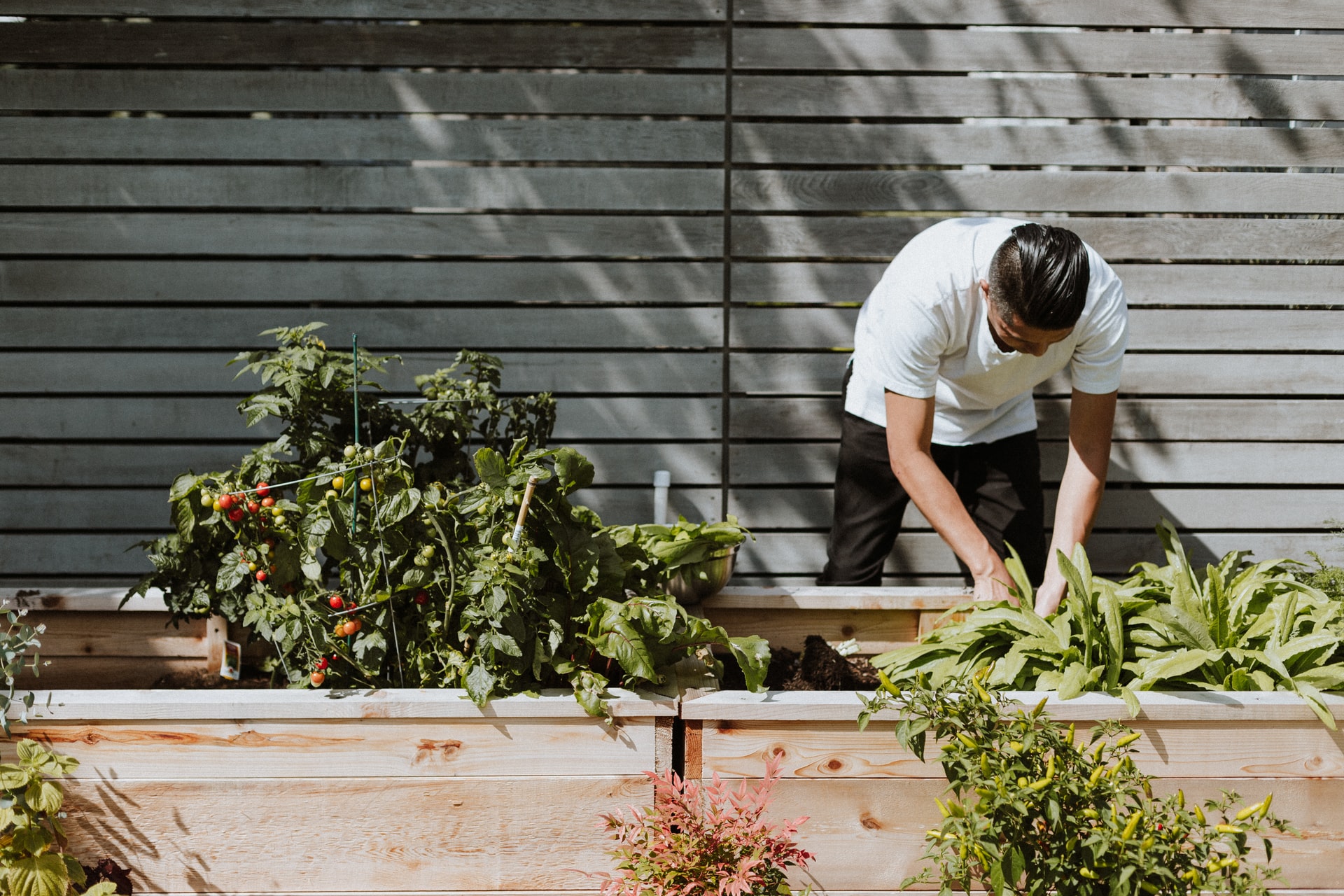Top 3 Best Fruits & Veggies to Grow in New England

1,500. Does that number sound familiar? Maybe not, but with more context, it represents the average number of miles it takes in the United States for meals to get from farm to plate. You might live in Massachusetts and be eating an apple that was grown in Vermont before being shipped to Kentucky to get packaged, and then sent back to Massachusetts for you to purchase. It’s a wild ride for most of our food, but it doesn’t have to be that way.
One of the easiest ways we can all reduce food travel is by growing our own fruits and veggies! For New England specifically, there are tons of great options to choose from, some of which will be highlighted below. And although they do great in New England, many of these crops can be grown throughout North America.
Why New England?
New England has a special place in my heart…….. because I live here! More specifically, I call the Boston area home. Although growing fruits and veggies is often associated with warmer regions like the Midwest and Southwest, our growing season is long enough here for some of the very same plants found there to be grown. Selecting, planting, and tending to my backyard garden is a laborious task, but each year I look forward to the harvest it bears. Below, I’ll go through some of my favorite fruiting plants to grow that fair well in the region.
Tomatoes
Starting with a classic, tomatoes do great once the weather gets warm. As long as you plant them in an area with access to plentiful sunlight, they will grow delicious fruit all the way through September. Some ones to grow of the large variety include Beef Steak and Brandywine. Both produce very large tomatoes that make fantastic additions to any sandwich.
Leafy Greens
Ok, so this is not one specific fruit or vegetable, but there are so many great options that it is easier to focus on a category for this one. Luckily, almost any leafy green will grow well in New England, so you have lots to choose from. Two of the most popular ones to grow are lettuce and spinach, which are both quite delicious (if you ask me)! These crops become bitter when temperatures rise or if the soil is dry, so plant them early and irrigate if necessary to maintain consistent moisture. With that being said, make sure the ground is no longer frozen or at risk of freezing before planting. These types of vegetables can be planted again in late summer for a fall crop if you’re really feeling adventurous. Lettuce is great for salads, which is quite obvious, but also pairs well with tomatoes for a delicious home-grown sandwich.
Raspberries
For those of you with a sweet tooth, raspberries might be your healthy fix. Like most fruits, they do well in areas with lots of sunshine. When planting, the type of dirt and location matter. Raspberries grow best in a well-drained, fertile, loam soil with moderate water-holding capacity and a pH of 6.0 to 6.5. If you have a spot like this, you’re in luck! Once you plant them, it is smart to add some lattice or fencing support system that the raspberry plant can climb, since they become quite heavy (relatively speaking) when they begin bearing fruit. Another smart tip is to add netting over your plants so that birds or other animals can’t get to your fruit. Humans aren’t the only ones who like delicious food from gardens!
Growing your own backyard garden is more than just a way to reduce food transportation pollution. It is also the perfect way to connect with nature and understand how some of your favorite fruits and veggies grow. After putting in the work to plant and tend to your plants, your tomatoes are sure to be juicier and your raspberries will undoubtedly taste sweeter. So, what are you waiting for? Pick your favorite fruit or veggie and go plant one today!


Leave a Reply